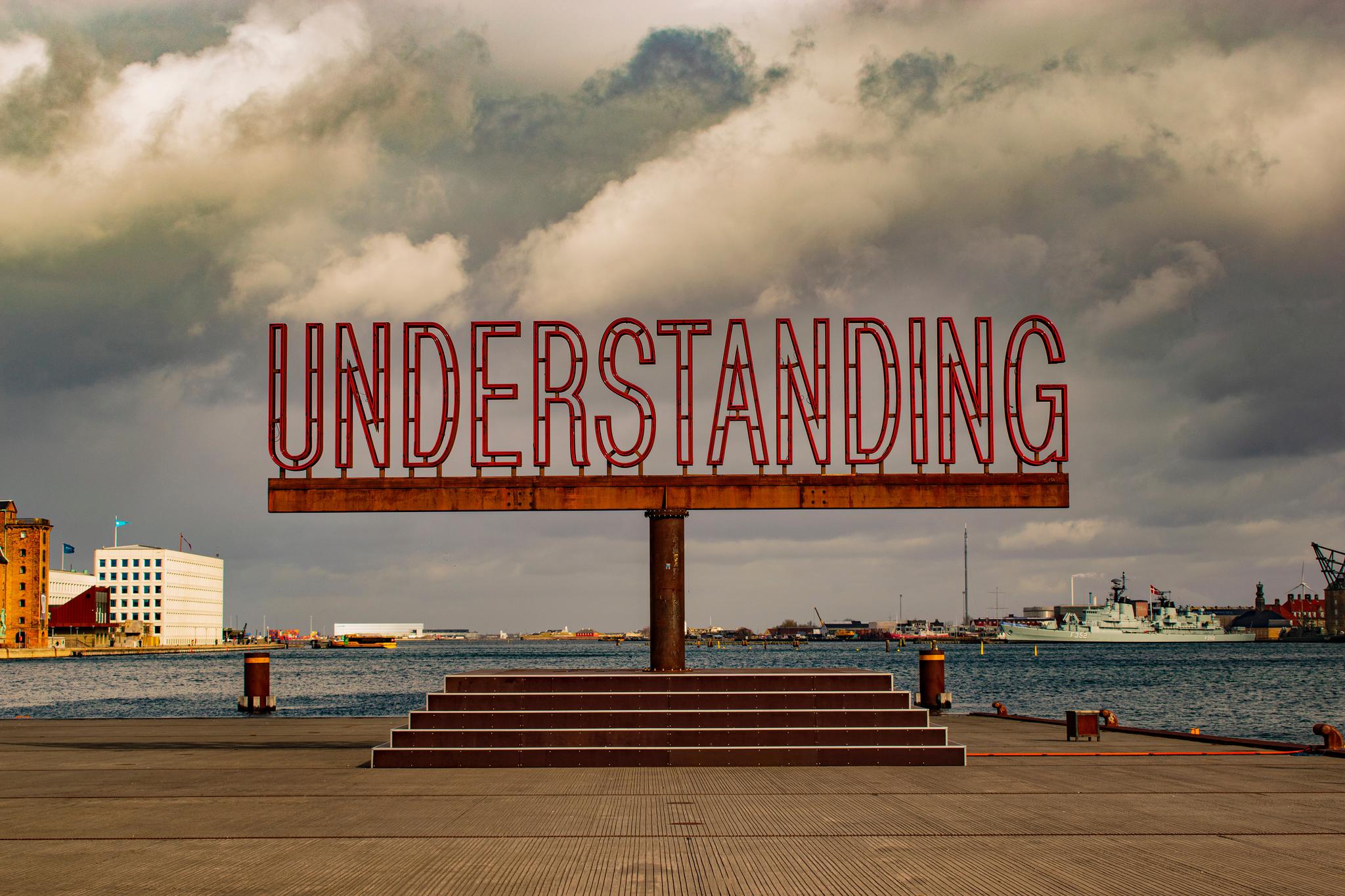
How Does One Teach Writing?
In my Theory of Writing, I talked about how I view writing as a toolbox, and things like genre, audience, purpose, etc. as some tools inside. If writing is a toolbox, then to successfully teach it, one would need to offer it to students as a means for accomplishing their goals. They’d also need to assist with exploring the utility contained within each tool.
As an educator, I believe it’s my responsibility to not only offer up the toolbox but also allow students to practice their writing in an environment that encourages their development. To do this, though, it’s necessary to understand the challenges that new writers face and to put controls in place to help meet those challenges.

The Instructor's Role: Reframing Writing
For new writers, a shift in thinking about writing is necessary. Many have difficulty understanding this new college writing environment. Some bring with them misconceptions that writing’s only goal is to produce a product worthy of a passing grade. In other words, many undergraduates see writing solely as a means to an end.
Conversely, scholar Don Murray has argued that writing should be understood not as a product to be completed, but as a process of discovery. The role of the instructor in this capacity is to shift the students thinking from product-focused to process-focused, while also helping to understand writing’s rhetorical aspects (Murray 3). Instructors must also encourage students by creating equitable environments in which to practice writing. With process and practice as the focus, students are not judged or graded solely on their product. Instead, grades are awarded based on individual writing process development.
Writing instruction should also be presented as what Estrem calls “an activity that can help students understand existing knowledge, mull over an issue, or explore connections between seemingly disparate ideas” (Estrem 19). In other words, the goal should no longer be to create a finished product that “ticks all the boxes.” Rather, the goal should be to position writing as something that can be employed as a medium for broader thinking with real audiences, contexts, and outcomes.
Sondra Perl’s research mirrors Murray’s thoughts. She sees an effective instructor as one “who can see through the tangles in the process…and who can intervene in such a way that untangling…leads to [creating] better prose” (Perl 328). In other words, the instructor uses their wider scope of experience to help newer writers understand what their writing is doing, and what it is trying to do.

The Instructor's Role: Contextualizing
Another problem for many new writers is understanding why the methods of writing instruction in college differ from those in high school. More so, some instructors incorrectly assume that undergraduates arrive knowing the reasons for these differences. As an instructor, however, it is important to help contextualize this shift and introduce students to the connections between lectures, course assignments, and course readings.
When instructors fail to contextualize, “this [failure] creates a potential disconnect between instructor theorization [recognizing important connections] and instructor pedagogy [not teaching those same connections to students]” (Bunn 501). Contextualization provides students with reasoning for why certain materials are assigned, rather than them interpreting the reading of scholarly texts as useless busy work.
As educators, most of us want our students to achieve specific learning outcomes. But there has to be an understanding that the instructor is competent and has the student’s best interests in mind. Solidifying connections through the contextualization of course materials demonstrates that the instructor understands where their materials fit into the writing conversation. Course readings can then operate as reinforcement to support the course’s and the student’s goals. (Bunn 505)

Course Design: What Should Writing Instructors Teach?
When creating courses that suit process-based instruction, it makes sense that student writing should be at the core of the curriculum. Students should be responsible for finding their own subjects, be encouraged to use their own language, create multiple drafts, and examine the choices they make within their writing (Murray 4). By allowing this, students are more apt to feel in charge of their own learning trajectory.
Wardle and Downs have famously stated that because writing is a field with declarative knowledge, that it is imperative to teach that knowledge in first-year composition courses (Downs 1). So, rather than trying to teach students how to write, a composition course’s focus should be instead on teaching the study of writing as a discipline.
By reframing writing as a subject of study, students can begin to recognize writing as having conventions, in the same way that subjects like Biology or Chemistry do. Students can then seek those conventions as a means of orienting themselves to the specific writing task or rhetorical situation at hand.
Just as students wouldn’t portray themselves as “bad chemists” or a “bad biologists,” this understanding frees students from presuppositions of being “bad writers,” or “good writers.” Instead, it repositions them as untrained learners entering into a new and complex discipline.

Course Design: The Importance of Revision
As instructors, we strive to help students understand the value of revision. We also want them to understand it as more than just fixing typographical errors and ferreting out grammatical faux pas. Revision allows writers to reflectively consider the strengths and weaknesses of their writing. Therefore, part of the instructor’s task is to introduce the idea of revision as a necessary stage of the writing process. To many undergraduates, however, revision is a practice deemed as more corrective than reflective.
Jeff Sommers’ research into the field of radical revision offers insight into bridging this gap. Radical revision—as coined by Fulwiler and Bishop—challenges the student to repurpose a piece of their writing into a different genre through the acts of adding, switching, limiting, or transforming (Sommers 295). By its very nature, radical revision trades the perceived corrective component of revision for a complete reimagining of what a student’s work might become. And when revision is treated as an exploratory exercise, the pressure and friction of it as correction dissipates.
Course Design: Reflection as a Means of Self-Assessment & Critical Thinking

Another important skill that writers need to become proficient in is the skill of self-assessment. For many post-graduates, writing will be a significant part of their career. But without an instructor there to help critically examine their writing, the responsibility of assessment falls to the writer. To build that skill, writers must assess not only the work they’ve done but also how they’ve worked through the complexities of their process. That’s where reflection comes in.
According to writing scholar Kathleen Yancy, reflection is a critical but often undervalued component of the writing process (Yancy 5). By introducing reflection into the classroom, students can become “intelligent agents who can engage in frequent and deliberate self-awareness” (Yancy 8). In other words, the act of thinking about thinking allows students to recognize the actionable, real-world implications of their writing process.
Success in the Classroom
To teach writing, one must possess the attitude that they are equal parts coach, advocate, and editor. Doing so isn’t an easy task. But with careful course design, attention to the field, and an understanding of their purpose in the classroom, instructors can help students learn to employ writing inside the academic environment as well as beyond it.
Works Cited
Bunn, M., “Motivation and Connection: Teaching Reading (and Writing) in the Composition Classroom”, College Composition and Communication, Vol 64, No. 3., 2013, pp. 496-516.
Downs, D. & Wardle, E. “Reflecting Back and Looking Forward: Revisiting “Teaching about Writing, Righting Misconceptions” Five years on”, Composition Forum 27, 2013, http://compositionforum.com/issue/27/reflecting.php, accessed March 2023
Estrem, H., “Writing is a Knowledge Making Activity”, Naming What We Know, University Press of Colorado, 2016, pp. 19.
Murray, D., “Teaching Writing as a Process Not a Product”, The Essential Don Murray: Lessons from America's Greatest Writing Teacher, Heinemann, 2009, pp. 1-5.
Pearl, S. “The Composing Process of Unskilled College Writers”, Research in the Teaching of English, Vol. 13, No 4., National Council of Teachers of English, 1979, pp. 317-336.
Sommers, J. “Revisiting Radical Revision”, Critical Expressivism: Theory and Practice in the Composition Classroom, WAC Clearinghouse, 2014, pp. 289-304.
Yancey, K. “Reflection In The Writing Classroom,” Utah State University Press, 1998. ProQuest Ebook Central, http://ebookcentral.proquest.com/lib/umboston/detail.action?docID=3442793.
